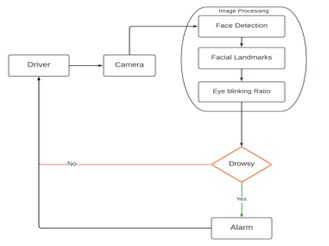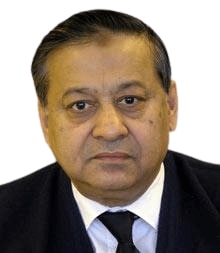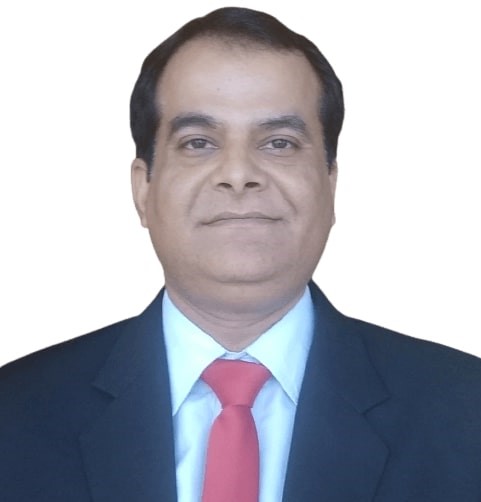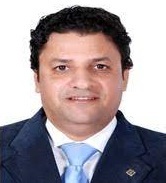Using Machine Learning to Determine the Motorist Somnolence

DOI:
https://doi.org/10.54060/jieee.v4i1.88Keywords:
Fatigue Detection, OpenCV, Android Security, AndroidAbstract
Traffic accidents pose an increasing threat to society, and researchers are dedicated to preventing accidents and reducing fatalities, as highlighted by the World Health Organ-ization. One significant cause of accidents is drowsy driving, which often leads to severe injuries and loss of life. The objective of this research is to create a fatigue detection sys-tem that can effectively minimize accidents associated with exhaustion. The system uti-lizes facial recognition technology to identify drowsy drivers by analyzing eye patterns through video processing. When the level of fatigue surpasses a predetermined thresh-old, the system alerts the driver and adjusts the vehicle's acceleration accordingly. The implementation of OpenCv libraries, such as Haar-cascade, along with Raspberry Pi fa-cilitates seamless integration of the system. This dissertation evaluates advancements in computational engineering for the development of a fatigue detection system to miti-gate accidents caused by drowsiness. It offers valuable insights and recommendations to enhance comprehension and optimize the system's effectiveness, ultimately leading to safer road travel.
Downloads
References
P. Viola and M. Jones, “Rapid object detection using a boosted cascade of simple features,” in Proceedings of the 2001 IEEE Computer Society Conference on Computer Vision and Pattern Recognition. CVPR 2001, 2005.
“Image Processing Based Anti-Sleep Alarm System for Drowsy Drivers,” SDIWC Organization, Academia.edu [Online]. Available: https://www.academia.edu/37139204/Image_Processing_Based_Anti_Sleep_Alarm_System_for_Drowsy_Drivers [Accessed: 17-Jun-2023].
M. Srivastava, S. A. Idrisi, and T. Gupta, “Driver drowsiness detection system with OpenCV & keras,” in 2021 International Conference on Simulation, Automation & Smart Manufacturing (SASM), 2021.
A. Shukla, N. Singh, R. Kumar, and Anand, “Drowsy detection system for bus and car drivers,” SSRN Electron. J., 2022.
B. G. Amira, M. M. Zoulikha, and P. Hector, “Driver drowsiness detection and tracking based on Yolo with Haar cascades and ERNN,” Int. J. Saf. Secur. Eng., vol. 11, no. 1, pp. 35–42, 2021.
J. Cicolani, “An Introduction to OpenCV,” in Beginning Robotics with Raspberry Pi and Arduino, Berkeley, CA: Apress, 2018, pp. 297–341.
S. Ahlawat, “Introduction to TensorFlow,” in Reinforcement Learning for Finance, Berkeley, CA: Apress, 2023, pp. 5–137.

Downloads
Published
How to Cite
CITATION COUNT
License
Copyright (c) 2023 Sakshi Pandey, Dr. Sheenu Rizvi

This work is licensed under a Creative Commons Attribution 4.0 International License.

























